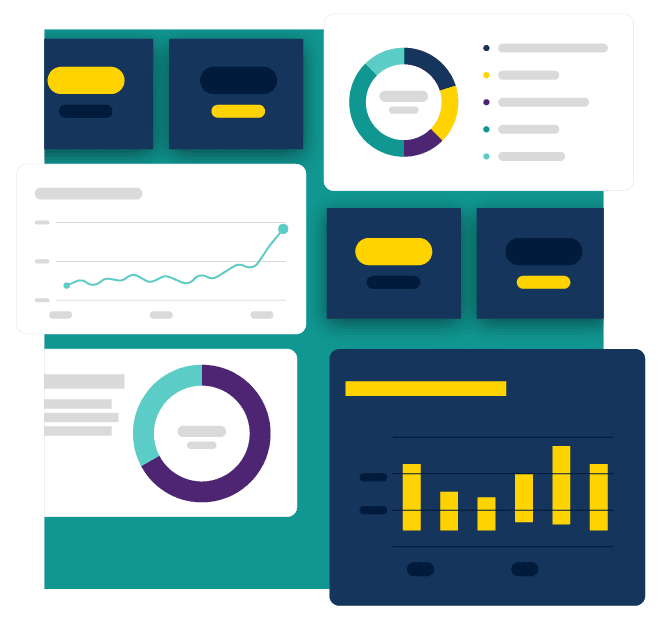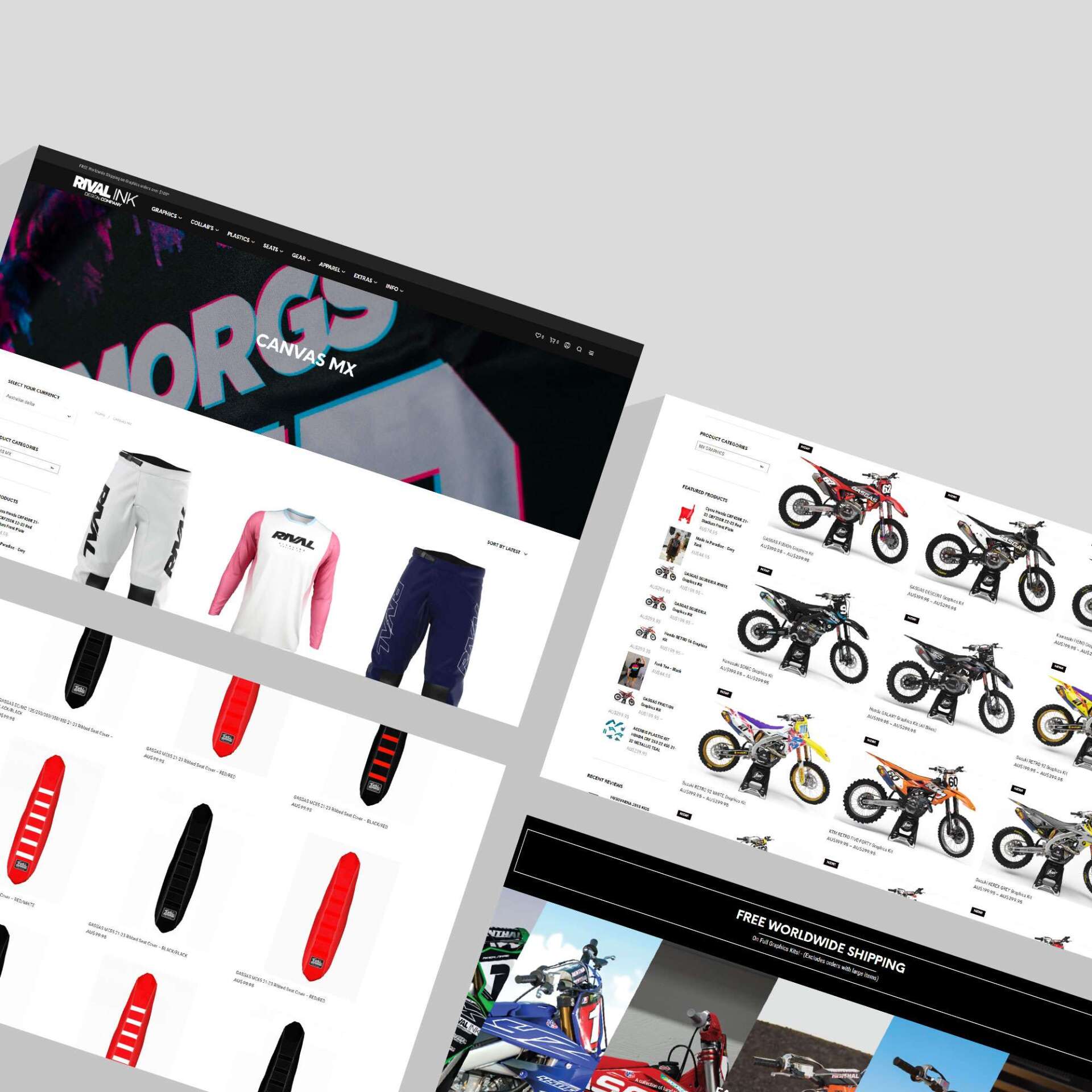High-Intent Marketing Explained: How to Target Ready-to-Buy Prospects
Why Focusing on Intent is a Game-Changer
![]()
Have you ever felt the frustration of a marketing budget that brings plenty of clicks but no real customers? Your traffic numbers look great, but the sales pipeline is empty. The problem isn't your product; it's that you're reaching people who aren't ready to buy.
High-intent marketing flips this script. It’s a strategic approach that targets prospects who are actively researching, comparing, or ready to purchase. Instead of casting a wide net, you focus on people demonstrating clear buying signals—like searching "buy CRM software Sydney" or visiting your pricing page multiple times.
This shift is like switching from fishing with a net to spearfishing. You connect with fewer people, but they are exactly the ones you want to catch. This matters because:
- Your conversion rates multiply by targeting people already in buying mode.
- Your ad spend works harder , focusing on qualified prospects instead of casual browsers.
- Your sales team gets better leads who are genuinely interested.
- Your ROI becomes clear and measurable , from the first signal to the final sale.
At RankingCo, we specialise in cutting through the digital noise by focusing on what drives revenue: reaching the right people at the right moment. Let us show you how a high-intent marketing strategy can transform your results.
Mastering High-Intent Marketing: From Data to Dollars
In today's competitive digital landscape, you need to connect with the right people at the right time. That's where high-intent marketing shines. It's about understanding the "why" behind a user's actions and tailoring your approach accordingly.
What is High-Intent Marketing and Why Does it Matter?
At its core, high-intent marketing is about precision. It focuses your time and messaging on individuals already showing strong signs of buying behaviour. Instead of broadcasting to a wide audience, you target "buyers in motion"—those actively researching, comparing, or ready to purchase.
To do this effectively, you must understand the four types of user intent:
- Informational Intent: The user is learning. Example: "What is CRM software?"
- Navigational Intent: The user is looking for a specific site. Example: "RankingCo website."
- Commercial Investigation Intent: The user is comparing options. Example: "Best CRM for small business."
- Transactional Intent: The user is ready to act (buy, sign up, etc.). Example: "Buy marketing automation software."

A visual representation of the four core types of search intent.
Focusing on commercial and transactional intent delivers clear benefits:
- Higher Conversion Rates: You're talking to someone already looking for your solution, which can increase conversions by 5x or more.
- Efficient Ad Spend: Ads using intent data are 2.5 times more efficient , maximising your marketing budget and ROI.
- Better Sales Alignment: Sales teams receive better leads. In fact, 94% of B2B marketers report higher lead conversion rates when using intent data.
- Improved Customer Experience: Delivering relevant content creates a smoother journey, as 71% of customers expect personalised interactions.
At RankingCo, we leverage these insights to help startups and scaling businesses worldwide connect with ready-to-buy customers through expert services like Conversion Rate Optimisation (CRO) and Search Engine Marketing (SEM).
Understanding Intent Data: The Fuel for Your Strategy
If high-intent marketing is the engine, intent data is its fuel. This behavioural information provides crucial insights into a user's interests and purchase readiness.
There are two main types:
- First-Party Data: Information you collect directly from your audience (e.g., website analytics, CRM data, form submissions). It's exclusive and highly accurate.
- Third-Party Data: Data collected from external sources across the web (e.g., content consumption on other sites, search queries). It offers a broader view of a prospect's research.
| Feature | First-Party Data | Third-Party Data |
|---|---|---|
| Source | Your own website, CRM, direct interactions | External websites, publishers, data providers |
| Ownership | Exclusive to your business | Shared with multiple businesses |
| Accuracy | Highly accurate and reliable | Generally accurate, but can be broader |
| Cost | Lower collection cost (already owned) | Higher (purchased from providers) |
| Insight Type | Deep insight into your audience's behaviour | Broad insight into market and competitor behaviour |
| Privacy Impact | Directly controlled, generally privacy-compliant | Requires careful handling and compliance |
| Use Case | Personalisation, retargeting, lead scoring | Prospecting, market intelligence, competitive analysis |
Combining both data types provides a complete picture. For example, a prospect visiting your pricing page (first-party) while also reading competitor reviews (third-party) is a strong signal of their readiness to buy. At RankingCo, we are experts in data-driven lead generation , using these signals to inform our strategies for clients from ambitious startups to global enterprises.
Key Strategies for Reaching High-Intent Prospects
Once you have the data, it's time to act. Reaching high-intent prospects requires a multi-channel approach to meet them where they are.
- SEO for Intent: Optimise your content for commercial and transactional keywords (e.g., "best project management software," "SEO services Brisbane"). This ensures you appear when someone is actively looking for a solution. Our SEO services are designed to target these crucial search terms.
- PPC Advertising: Pay-Per-Click (PPC) campaigns allow for hyper-targeted ads. By bidding on high-intent keywords, your ads appear at the exact moment a prospect is searching for solutions, making PPC a powerhouse for Google Ads Lead Generation.
- Retargeting Campaigns: Re-engage prospects who have shown interest but haven't converted. If a user visits your product page multiple times, targeted ads can remind them of their interest and encourage them to complete the purchase.
- Content and Landing Page Optimisation: High-intent prospects need specific content like comparison guides and clear landing pages. We optimise these pages for speed, mobile use, and a seamless experience to remove any friction that might prevent a conversion.

A search engine results page (SERP) demonstrating how organic listings and paid ads compete for attention on a high-intent keyword.
The Role of AI and Automation in High-Intent Marketing
Artificial Intelligence (AI) and automation are transformative tools for high-intent marketing . They allow us to process vast amounts of data and react with speed and precision.
Here’s how AI plays a pivotal role:
- Predictive Analytics: AI algorithms analyse user behaviour to predict which prospects are most likely to convert. This moves marketing from reactive to proactive.
- Personalisation at Scale: With 91% of consumers preferring personalised experiences , AI delivers customised content and offers to thousands of individuals.
- Marketing Automation: AI-powered workflows respond instantly to high-intent signals, ensuring no lead falls through the cracks. For example, a pricing page visit can trigger a targeted follow-up.
- Lead Scoring: AI models score leads based on their behaviour, helping sales teams prioritise "hot" leads most likely to close.
- Chatbots and Conversational AI: AI chatbots engage visitors in real time, answering questions and guiding them toward conversion.
At RankingCo, we harness AI-Powered Marketing Magic to future-proof your business and gain valuable AI Marketing Insights for Brisbane.
High-Intent Marketing in ChatGPT: What It Means for Businesses
The rapid evolution of AI platforms like ChatGPT presents a new frontier for high-intent marketing . With a massive user base of 800 million weekly active users , it's a significant opportunity for advertisers.
OpenAI is exploring the introduction of advertising within ChatGPT. While still in early stages, this could offer businesses a novel way to engage users in a conversational and highly targeted environment.
Imagine a user asking ChatGPT for "the best software for small business accounting." An integrated ad could appear directly in the conversation, or the AI might recommend a sponsored solution. This level of contextual relevance is a powerful new avenue for reaching high-intent prospects at their exact point of need.
It’s a space we at RankingCo are watching closely, ready to leverage for our clients as it emerges.
Measuring Success and Best Practices
A great strategy needs great measurement. To understand the impact of your high-intent marketing , focus on metrics that reflect business outcomes.
Key Metrics to Track:
- Conversion Rate: The percentage of high-intent prospects who complete a desired action (e.g., purchase, form fill).
- Cost Per Lead (CPL): The cost to acquire a qualified lead. This should decrease with intent-focused campaigns.
- Return on Ad Spend (ROAS): The revenue generated for every dollar spent on advertising.
- Lead-to-Close Rate: The percentage of high-intent leads that become paying customers.
Tracking these metrics allows for smart spending decisions and improved marketing ROI. For more, see our guide on SEO KPIs Explained.
Best Practices for Implementation:
- Define Your High-Intent Signals: Know what actions (e.g., pricing page visits, case study downloads) indicate purchase readiness for your business.
- Segment and Prioritise: Focus on prospects showing the strongest and most recent intent signals.
- Personalise Everything: Tailor your messages and offers to match the specific intent shown by each prospect.
- Ensure Speed to Lead: A rapid response to a high-intent signal dramatically increases conversion chances.
- A/B Test and Optimise: Continuously test ad creatives, landing pages, and calls to action to find what resonates best.
- Align with Account-Based Marketing (ABM): For B2B, identify high-value accounts showing intent and launch highly personalised campaigns.
Open up Your Potential – Get Ranking with RankingCo
The digital world is always changing, but one truth remains: high-intent marketing works. When you stop hoping someone might be interested and start focusing on those who are ready to buy, everything changes. Your conversion rates climb, your ad spend becomes more efficient, and your sales team closes more deals.
At RankingCo, we've built our entire approach around this principle. From our headquarters in Brisbane, QLD, we serve a global client base, helping everyone from innovative startups to scaling businesses in Australia, New Zealand, the US, and Canada connect with their highest-value customers.
Our team lives and breathes high-intent marketing . From leads SEO and eCommerce SEO to precision-targeted Google Ads and Microsoft Ads , we use an AI-driven approach to analyse trends and predict customer behaviour. This ensures your marketing is always precise, relevant, and focused on customers ready to engage.
Stop wasting your budget and start connecting with customers actively searching for your solution! Let's talk about how our custom high-intent marketing strategies can deliver the real, measurable growth you're looking for.
Get expert help with your lead generation SEO or contact us today to start your journey to online success.














